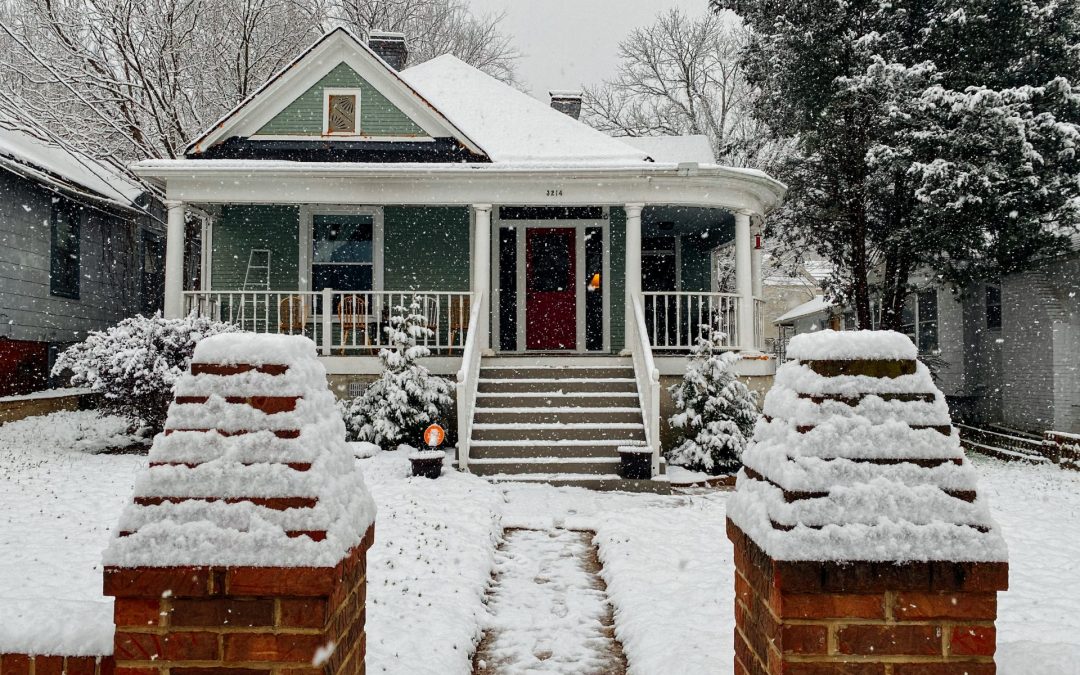Before winter hits, we often take measures to winterize our lives. We may buy sweaters, new boots, chains and antifreeze for the car, and generally get our lives ready for cold weather. Just like our wardrobe and our vehicles, it is important to prepare your home for lower temperatures.
One specific way to prep your home for winter is to winterize your pipes. Winterizing pipes can protect your plumbing system, as well as keep your water accessible, even when the weather is below freezing. By winterizing your pipes, you will prevent water freezing inside the pipe which stops the line and can burst the pipe.
Here are a few things to do before the first freeze of the year arrives.
Drain, Turn Off, and Disconnect
Outside the home, make sure to disconnect and drain any garden hoses. Locate the shut-off valve for the exterior faucets and close the valve to stop the water inside the home. The shut off valve may be in an access panel, or near the back wall in a garage or basement. Open the exterior faucet to drain any remaining water in the pipe. Leave the exterior faucet turned on (open) for the winter to prevent the trapping and freezing of moisture.
Keep a Heat Source On
Heating your home is one of the best defenses against freezing pipes. A warm environment prevents freezing. Keep your thermostat set at 60 degrees or higher during very cold weather.
Insulate
Insulate outdoor or exposed pipes with insulation sleeves, wrapping or using slip-on foam pipe insulation. Do not leave any gaps in the insulation. Cold air can affect the pipe in these spaces. Good practice is to tape to prevent sun dry rot of insulation, so it doesn’t have to be done as often.
Going Out of Town? Prep the Pipes.
If you are leaving your home for an extended period during cold weather, you may need to take extra precautions. Keep the thermostat set at 60 degrees or higher and drain water lines before you leave. To do this, turn all sinks, shower heads, etc. on at around half flow with both hot and cold water, then shut off the main water valve, any water pump and the hot water heater. Leave the faucets on and flush every toilet. This should drain the water from your interior pipes. When you return home, turn on the main water valve and pump. Let water flow through the pipes and water fixtures for a few minutes. This may be noisy for a few moments. After you turn off the faucets, toilets should fill up again, too. Be sure to turn your hot water heater back on once it fills. If a toilet, faucet, or showerhead does not have water coming through it, you may have a frozen line. If that is the case, call a plumber immediately.

